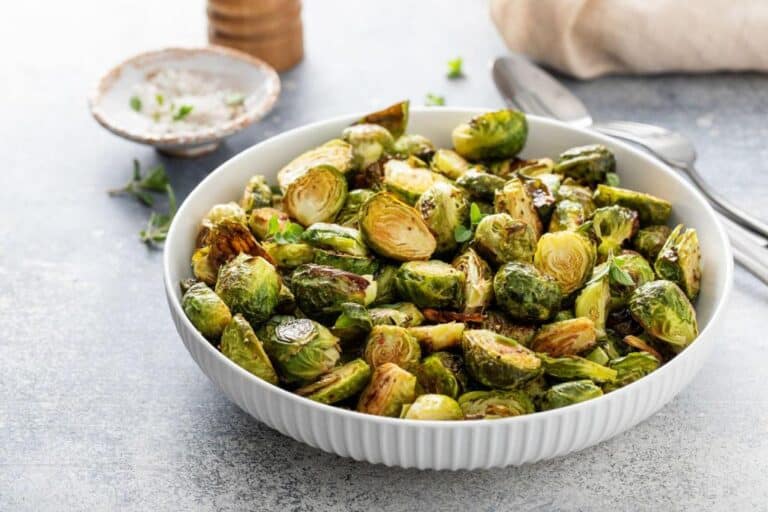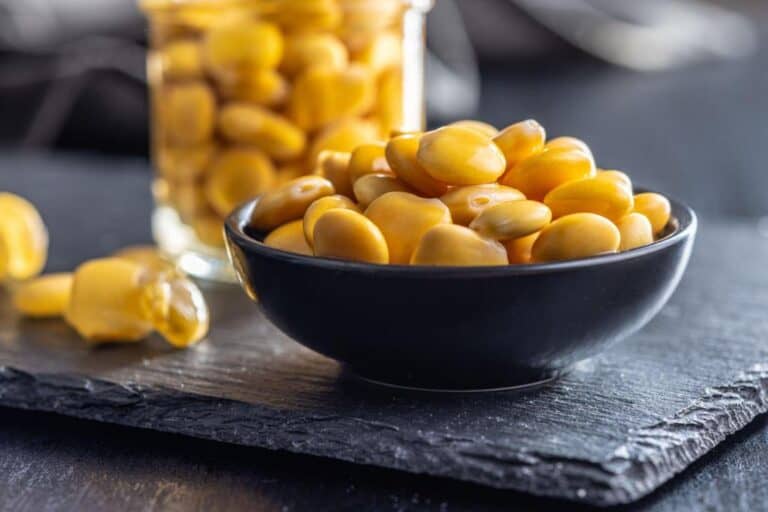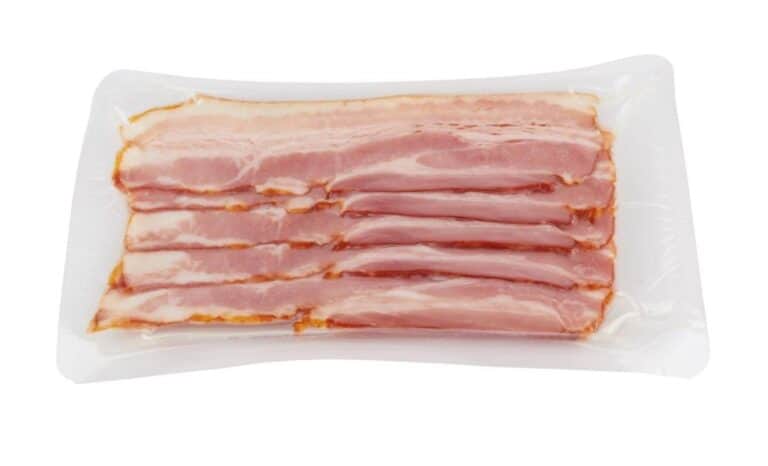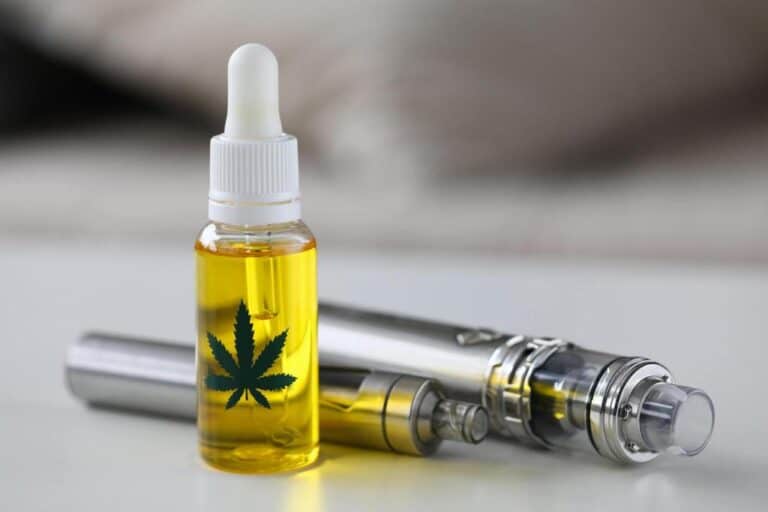Celery Turning Brown and Wilted: Is It Still Safe to Eat?
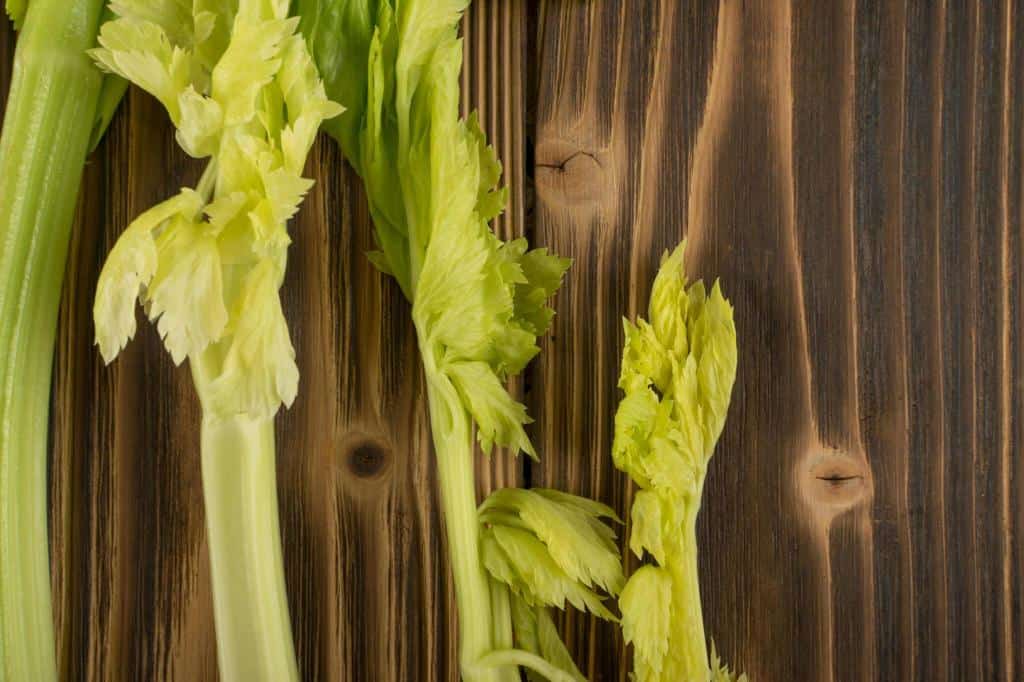
Have you ever reached into your refrigerator to find a sad, limp stalk of celery that has turned an unappetizing shade of brown? It’s a frustrating sight for anyone hoping to include this versatile vegetable in their meal.
But why does celery take on this less-than-desirable appearance? And more importantly, is it still safe to eat? These questions might linger in the minds of many concerned individuals. They genuinely want to make informed decisions about their food.
In this article, we will delve into the science behind the browning and wilting of celery. We will also address common concerns about its safety when it undergoes such changes.
We’ll provide expert insights and evidence-based information sourced from scientific studies. We aim to dispel myths and allay any fears you may have about consuming browned or wilted celery.
If you’ve ever wondered if that neglected stalk in your crisper drawer can still be salvaged for a delicious recipe or should just be tossed out, keep reading. We have some fresh insights for you!
Celery Turning Brown and Wilted: Is It Still Safe to Eat?
When celery turns brown and wilted, it may still be safe to eat, depending on the extent of the deterioration. Here are some signs to look for to determine if celery is still edible:
- Wilted and Dryness: If the celery is wilting and dry and the stalks have lost their crispiness, it’s a sign that the celery is going bad and should be discarded.
- Discoloration: Check for discolored leaves, yellowing, or brown stalks, which indicate that the celery may be too old and should be discarded.
- Smell and Texture: Discard celery if it has a strong, acrid, or ammonia-like smell, feels slimy, or has a soft texture.
- Taste: If the celery tastes bad or has a bitter or stringy flavor, it’s best to discard it.
If the celery shows any of these signs, it’s advisable to discard it. However, if it’s just slightly wilted or yellowed, it may still be safe to eat. You can try reviving it by cutting off the stalks and placing them in water for a few hours to regain some of its crisp texture.
Always use your best judgment and consider the extent of the deterioration before consuming the celery.
Reasons for Browning and Wilting Celery
Celery turning brown and wilting is a natural process that can be attributed to several factors. One common cause of browning and wilting in celery is moisture loss. With time, the water content inside the celery stalks evaporates, leading to dehydration. This dehydration causes the cells in the celery to shrink, resulting in a limp appearance.
Enzymatic reactions also play a role in browning and wilting. When cells are damaged or disrupted by cutting or bruising, enzymes in celery react with oxygen in the air. This reaction is called enzymatic browning. This reaction results in those unappealing brown spots on your once-crisp celery stalks.
Improper storage conditions can accelerate both moisture loss and enzymatic reactions. This further enhances the browning and wilting processes. Exposure to temperature fluctuations or high humidity levels can speed up deterioration significantly. For instance, refrigerating celery at temperatures below its optimum range (~40°F) may lead to chilling injury symptoms. These include accelerated moisture loss and increased susceptibility to enzymatic browning.
To reduce these changes when storing fresh celery:
Wrap or seal it tightly in a plastic bag. Then, place it in your refrigerator’s vegetable drawer.
By creating an environment with consistent humidity levels inside this enclosed space, you will slow down both moisture loss and enzymatic reactions. This helps to prolong its freshness for longer periods of time.
Signs of Celery Spoilage vs. Natural Changes
Determining the fate of your celery can be perplexing. This is especially true when it looks brown and wilted, which can mean it has spoiled or is aging gracefully. However, certain indicators can guide you in distinguishing between spoilage and the natural changes that come with the passage of time.
Signs of Spoilage:
- Off-Putting Odor:
- Spoiled celery emits an unpleasant and overpowering odor, often described as sour or rotten.
- If the smell makes you wrinkle your nose, it’s a clear signal to discard the celery promptly.
- Sliminess or Excessive Moisture:
- Spoiled celery displays signs of bacterial growth. This results in sliminess or excessive moisture on the surface of the stalks.
- The presence of these features indicates spoilage and renders the celery unfit for consumption.
Natural Changes:
- Slight Browning or Wilting:
- If your celery shows mild browning or wilting without any discernible foul odor or sliminess, it is likely undergoing natural aging processes.
- Enzymatic reactions over time cause changes in color and texture as the celery loses water content during this aging process.
- Harmless Aging:
- Natural changes in aging celery are harmless and do not pose immediate health risks.
- The alterations in color and texture are part of the vegetable’s aging journey, and celery in this state is generally safe to consume.
Determining Celery’s Edibility
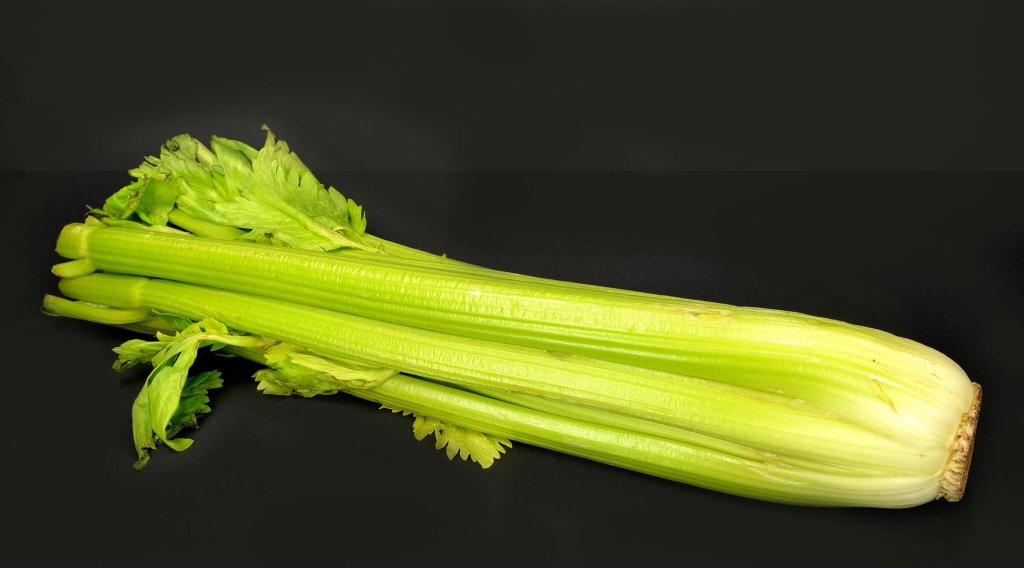
When faced with a wilting and brown celery stalk, it is natural to question whether it is still safe to consume. The appearance of celery may indicate deterioration. However, this does not necessarily mean it has become unsafe for consumption. Before deciding whether or not to discard your wilted celery, there are a few factors you can consider.
Firstly, checking the odor of the celery can provide valuable information about its freshness. If the aroma is foul or unpleasant, bacterial growth may have occurred. Consuming the vegetable may pose health risks.
On the other hand, if there is no noticeable odor or if it smells mildly earthy or vegetal, then chances are that the celery remains safe to eat.
Next, examine the texture of your celery stalks. Wilted and limp stalks do not necessarily equate to spoiled produce; however, they might have lost some crunchiness. Give them a gentle squeeze – if they feel mushy or slimy rather than firm and crisp when held between your fingers, it’s best to avoid using them in your dishes.
Finally, consider how you plan on using the celery in terms of ingredients and cooking methods. If you plan to use wilted celery in cooked dishes like soups or stews, where texture isn’t crucial but taste is, discarding them would likely be unnecessary waste since their flavor remains intact despite their less-than-optimal appearance.
Food Safety Tips and Storage Recommendations
To avoid browning and wilting, proper storage is key. Celery should be kept in the refrigerator at a temperature between 32°F (0°C) and 40°F (4°C). It is best to store celery in a sealed plastic bag or container to prevent moisture loss, which can lead to wilting.
Additionally, maintaining the right humidity level in the refrigerator can help prolong its shelf life. An ideal solution is a humidity-controlled vegetable drawer. If your refrigerator lacks one, place a damp paper towel inside the celery bag or container.
Another important tip is to separate celery from ethylene-producing fruits and vegetables. They can accelerate spoilage. Ethylene gas leads to quicker ripening and deterioration of produce items. These include apples, bananas, tomatoes, peaches, and avocados. Store celery away from these ethylene producers in the fridge’s crisper drawer or on a different shelf altogether. This reduces the risk of it turning brown prematurely. |
| Read: How to Store Fresh Picked Green Beans From the Garden? |
Alternative Uses for Deteriorated Celery
Did you know that there are ways to salvage deteriorated celery, even if it’s brown and wilted? Before you toss it in the trash, consider using it for other purposes rather than wasting perfectly edible food. Consuming aged celery may not be ideal for some dishes where crispness matters. However, there are plenty of creative ways to make use of this versatile vegetable.
One popular option is to turn your brown and wilted celery into a flavorful stock. Simply chop up the celery, including both the leaves and stalks, and combine them with water or broth in a pot. Add some aromatic vegetables like onions, carrots, and garlic, along with herbs such as parsley or thyme.
Let everything simmer for an hour or two before straining out the solids. The resulting stock can serve as a delicious base for soups, stews, gravies, or even risotto.
Another fantastic way to salvage less-than-fresh celery is by adding it to sauces and dressings. Brown spots won’t affect the taste once blended together with other ingredients. You can make a simple herb-infused sauce by combining wilted celery with olive oil, fresh lemon juice or vinegar (for a kick of acidity), salt, pepper, and any additional seasonings like garlic powder or dried herbs such as oregano or basil.
Blend everything until smooth, and voila! You have a tangy dressing perfect for drizzling over salads or roasted vegetables.
Lastly, but certainly not least, on our list of creative uses: smoothies! Blended fruits often dominate smoothie recipes. However, celery adds a refreshing flavor and boosts nutritional content at the same time.
Incorporate pieces of slightly aged but still safe celery into your favorite fruit-based blend. Add other greens, like spinach or kale, for an extra nutritious kick. The fibrous nature of celery can also add a pleasant textural element to your tropical smoothie. |
Conclusion and Takeaway
In summary, consuming slightly wilted or brown celery is generally safe for most individuals. The appearance of browning or wilting does not automatically mean that the celery is spoiled or unsafe to eat. Celery can naturally lose moisture over time, causing it to become limp and appear discolored.
However, it’s important to judge the safety of each individual stalk of celery on a case-by-case basis. If the browning or wilted areas are limited to just a small portion of the stalk and do not appear slimy, moldy, or foul-smelling, then it is likely still safe to consume.
As with any food item, it’s crucial to rely on your senses when determining whether something is safe to eat. Trust your instincts. If something looks significantly deteriorated or has an unpleasant odor, it’s best to err on the side of caution and discard it.
Remember that proper storage techniques can also help extend the freshness and overall shelf life of celery. Storing celery in a plastic bag in the refrigerator can help maintain its crispness for longer periods of time.
Overall, we should always prioritize food safety measures. There’s no need to panic if you come across slightly wilted or brown celery in your kitchen. You can make informed choices about whether or not food is suitable for consumption by using common sense judgment and relying on your senses when assessing its condition.

